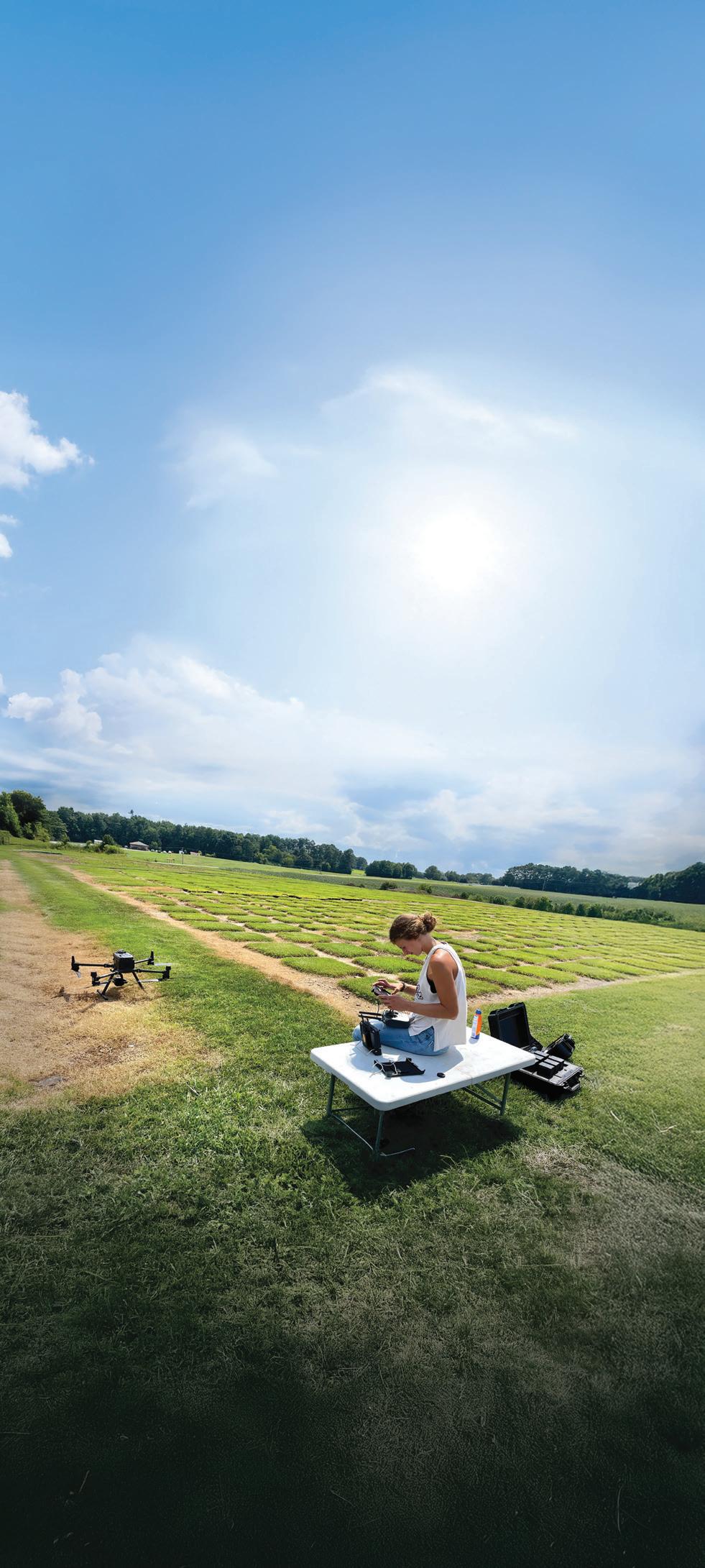
5 minute read
Cover Story
Grass, Camera, Action !
How Drones and AI are Upgrading Turfgrass Evaluations
By Brynna Bruxellas, Rob Austin and Susana Milla-Lewis
Artificial intelligence (AI) is transforming industries from healthcare to finance – and now it's coming for your lawn. At its core, AI refers to computer systems that can perform tasks typically requiring human intelligence, like recognizing patterns, making decisions, and learning from experience. When combined with drone technology, this powerful duo is poised to solve one of landscaping’s oldest challenges: how to objectively evaluate turfgrass quality.
Maintaining lush lawns, pristine golf courses, and high-quality sports fields is a major industry in the United States. It all starts with the right cultivar. Turfgrass breeding programs spend 12+ years evaluating thousands of different lines through a multi-step process to choose only the most resilient and highest quality grasses. Then, the best entries are entered into the National Turfgrass Evaluation Program, which holds uniform evaluation trials across the United States and Canada with the goal of determining the broader picture of the adaptation of a cultivar. For decades, evaluating turfgrass quality throughout this process has relied on human experts visually inspecting turfgrass and assigning scores based on qualities such as color, texture, density, uniformity and overall health. While this method works, it’s slow, can be inconsistent, and easily influenced by factors like lighting, mowing patterns, or even an evaluator’s personal judgment. What one expert considers “excellent” turf, another might rate as merely “good.”
Now, researchers in turfgrass breeding and management at NC State University are turning to drones and artificial intelligence (AI) to bring objectivity and precision to turfgrass assessment (Figure 1). Drones equipped with highresolution cameras can quickly scan large areas, capturing detailed images of turfgrass that the human eye might miss. In some instances, the cameras are engineered to capture information that lies beyond the range of human vision.
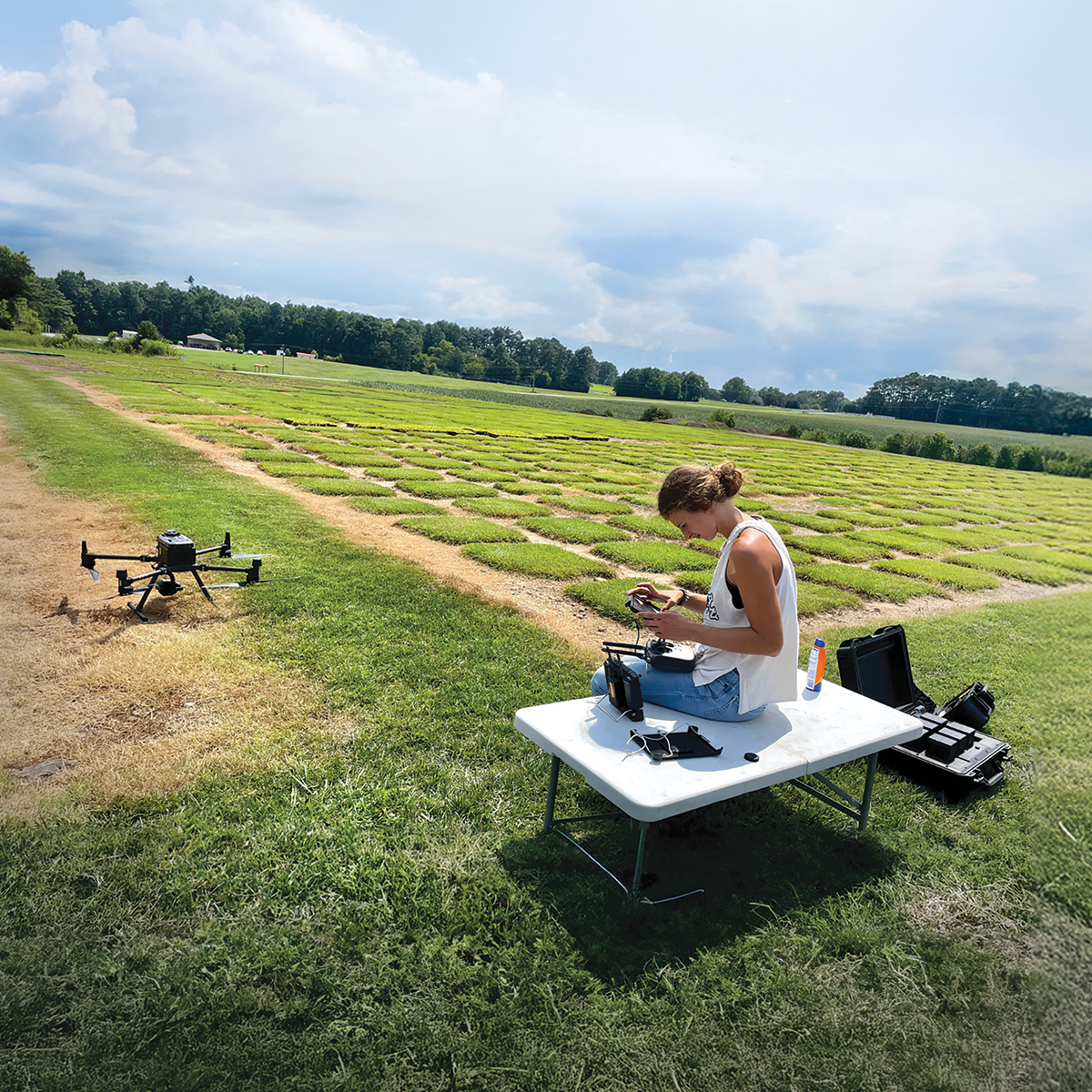
These images are then analyzed by AI systems trained to detect subtle differences in qualities such as color, texture (Figure 2), and turfgrass health characteristics (Figure 3) that are often linked to drought stress or disease. Unlike humans, AI doesn’t get tired, doesn’t have personal biases, and can process vast amounts of data in seconds.
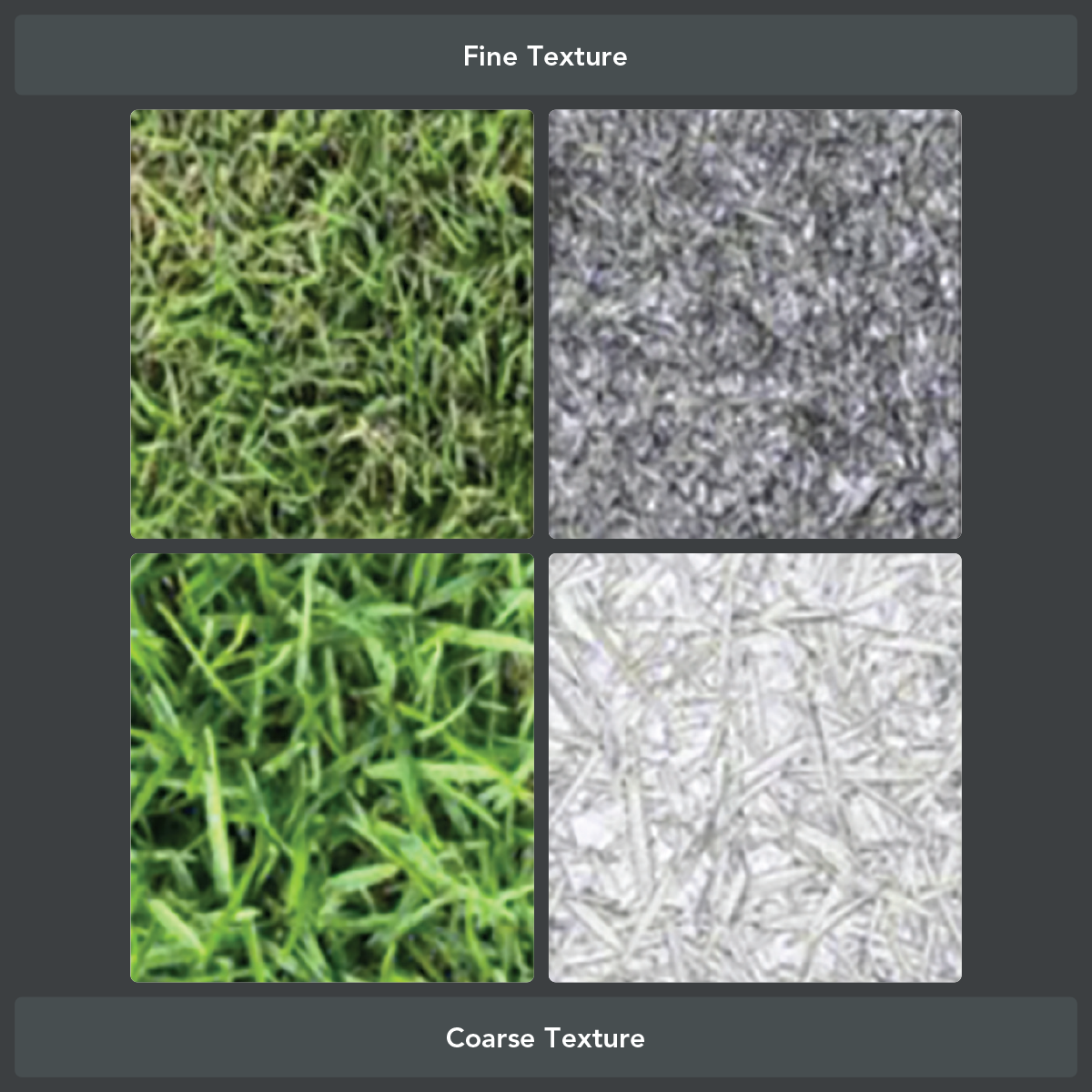
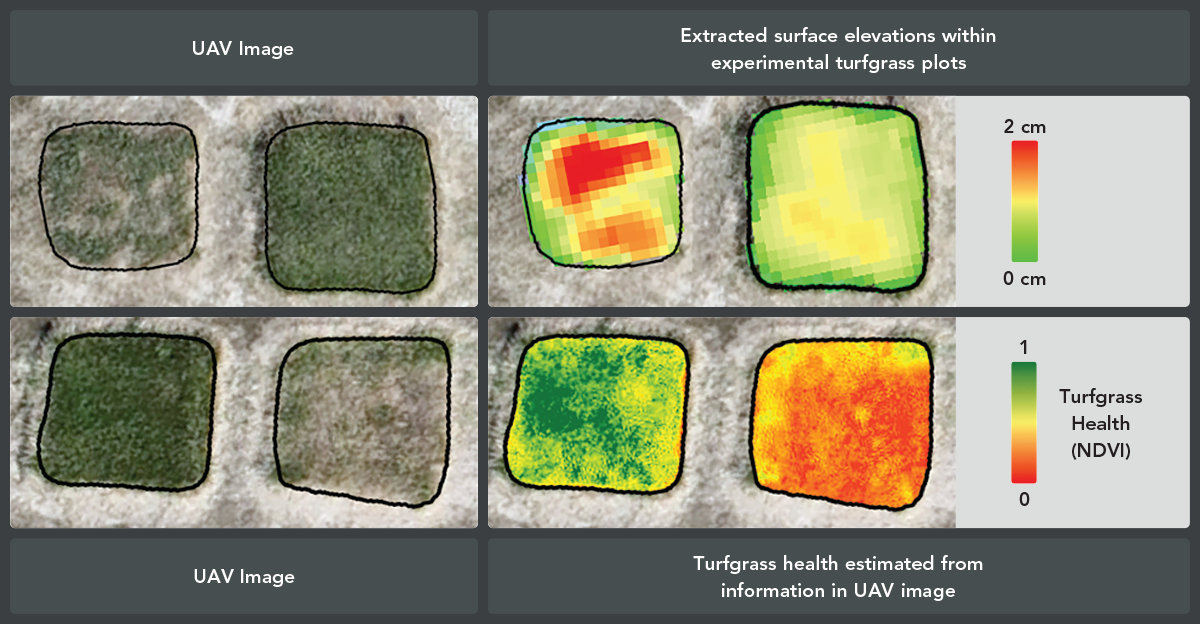
Forget guesswork – AI is also engineering the perfect turfgrass through incredible breakthroughs in computer vision. Researchers are taking overlapping photos and transforming them into “digital twins”, hyper-realistic 3D replicas of turfgrass. Every tiny detail, from the overall surface smoothness to the precise orientation of a single leaf blade, is accurately mirrored. This digital playground lets scientists pick apart what truly makes turfgrass “perfect,” allowing them to model and measure the exact physical characteristics needed to achieve that flawless look and feel.
Two key AI technologies are leading the charge. The first is machine learning, where algorithms like Random Forest (which, despite its name, has nothing to do with actual trees) combine multiple data points to predict turf quality. The data points are extracted from the UAV imagery, and unlike the qualities perceived by humans, they are easily understood and quantifiable. The second is deep learning, which uses advanced neural networks— inspired by the human brain—to analyze images and identify patterns invisible to even the most trained experts. Early results show these AI systems can match, and sometimes even surpass, human accuracy in grading turfgrass (Figure 4).
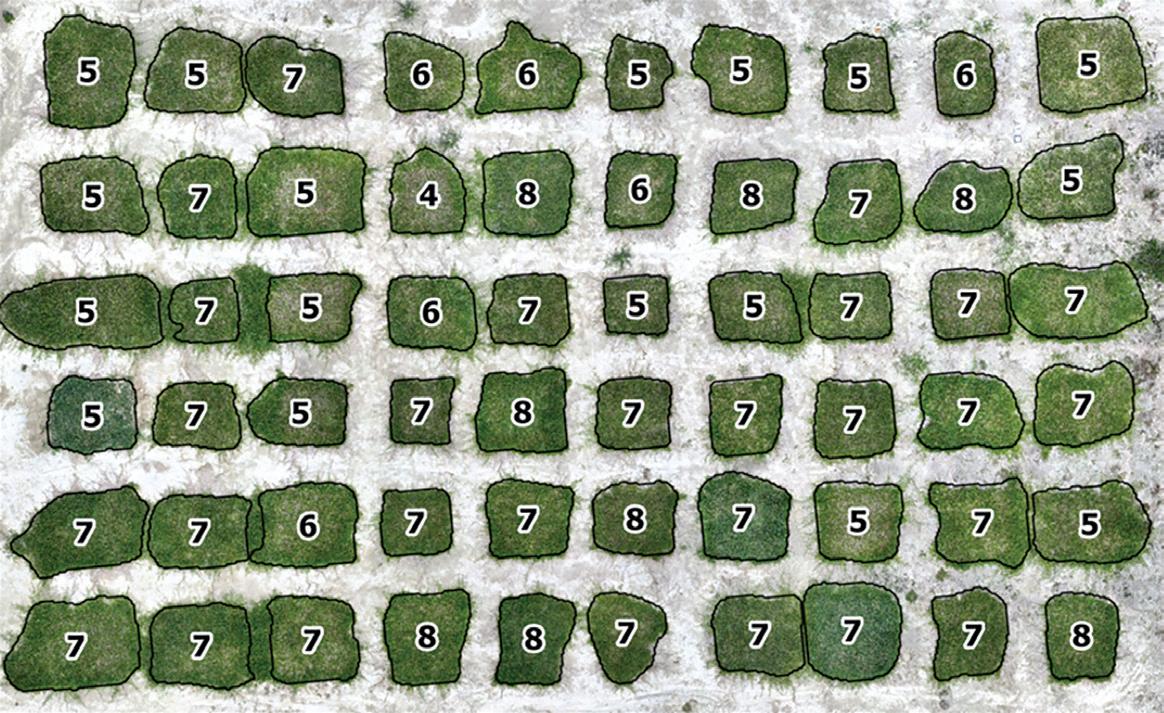
But there’s a catch. Since AI learns from human evaluations, it inherits some of the same inconsistencies. If experts disagree on what constitutes “good” turf, the AI struggles to establish a reliable standard. Another challenge is the lack of extreme examples in training data—both exceptionally poor and outstanding turfgrass—which makes it harder for AI to accurately judge the best and worst cases. However, as AI systems gain agency and independence, their ability to identify and overcome human contradictions will become a powerful asset in establishing more objective and consistent standards, potentially even identifying underlying qualities that human experts might miss due to subjective biases or limited experience. The implications are significant for everyone from professional golf course superintendents to homeowners with prize lawns. AI-powered assessments could lead to more efficient turfgrass breeding programs, better-informed maintenance decisions, and ultimately, greener and more resilient grass. While challenges remain – particularly in standardizing the data these systems learn from – the combination of drone technology and AI represents a giant leap forward in turfgrass science.





